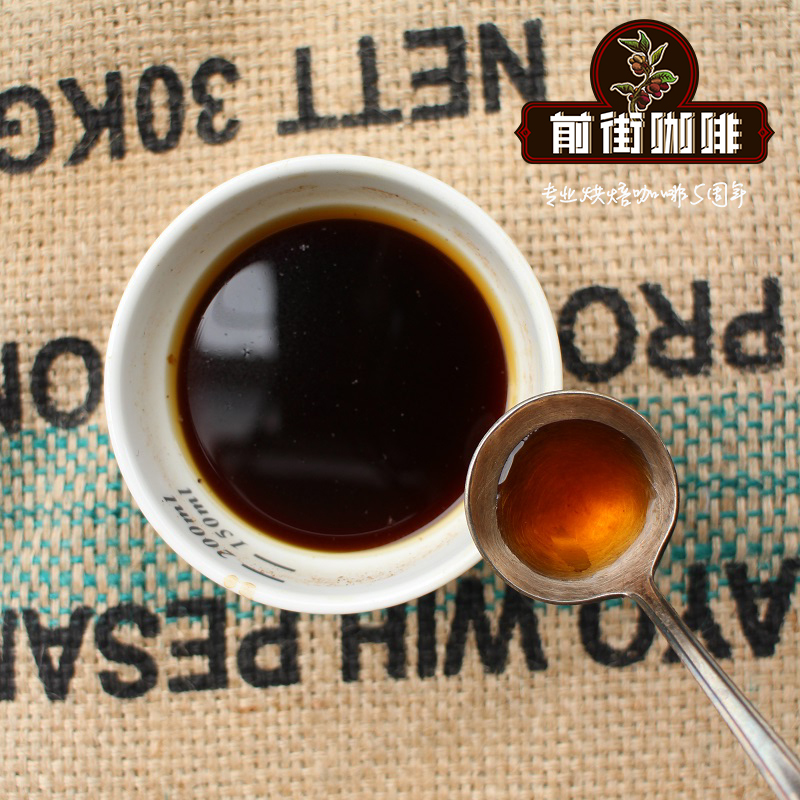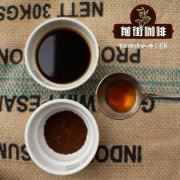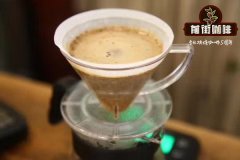How about Indonesian Java coffee? Arabian mocha Java coffee Java coffee price

Professional coffee knowledge exchange more coffee bean information please follow the coffee workshop (Wechat official account cafe_style)
It was brought to Indonesia in about 1696 and has been planted for more than 300 years.
85% of Java coffee is produced in complex volcanoes near Ijen in the east of Java. The range of heights suitable for coffee production is 3000 to 6000 feet, while Java Arabica coffee is concentrated on the Ijen plateau, at the eastern end of Java, at a height of more than 1400 meters.
In the late 1880s, a rust spot spread like a plague in the Sukabumi area, destroying most coffee plantations. At that time, the Dutch replaced Arabica with Liberica (Liberika, a tough, but not very tasty coffee), and then changed to Robusta (Robesda), which was highly productive and could be cultivated at low and middle elevations with strong disease resistance, until the Java authorities successfully restored the Arabica tree species. At this time, the center of gravity of Java coffee was slowly transplanted from eastern Java to the present central region. Compared to the total number of Robusta, the Arabica in Java is only a small amount. The five major producing areas are Blawan (also spelled Belawan or Blauan), Jampit (or Djampit), Pancoer (or Pancur), Kayumas and Tugosari, covering an area of more than 4000 square meters.
Java coffee is all wet-treated. Java coffee is a special coffee, it has the rich and concentrated characteristics of Asian coffee, but it does not have the common earthy smell and damp musty smell of Sumatra, Sulawesi and Bali coffee. The acidity is delicate and has natural aromas of herbs and spices, with a hint of sorghum, sweetness of grain and syrup and a hint of tobacco, sometimes with subtle herbal notes in the aftertaste.
Drinking Java coffee can best experience the artistic conception of bitterness. All coffee can feel bitter only in the first few mouthfuls, and will no longer feel bitter after the mouth has adapted to that slight bitterness. Java coffee is sweet with bitterness, and every mouthful of bitterness is clear, and the return sweet is deeper and stronger than any coffee. However, Java coffee is also unstable because of the drying part and storage conditions in the process of raw bean processing, so not all Java coffee beans can have the flavor performance described above.
The only recognized perfect blend bean in the world is made of Java coffee mixed with the best Yemenmoka coffee. Long before Java was infected with the rust spot, Java beans were praised as the perfect combination of the most complete and fast matching flavor for its unique flavor and Yemenmoka coffee. Red wine-like aroma, brewing-like mellow, fine fruit acid, with fructose-like fruit aroma, and pure throat rhyme, is an unforgettable memory for all who have drunk it. Although after a devastating disaster, the taste of Mocha Java is not as impressive as before, as long as it comes to blended coffee, the world all recommend the matching of Mocha Java, which proves the extent to which they are cherished!
A small number of aged coffee beans are made in Java. First, the raw beans are exposed to warm, moist air during the rainy season, and then stored for 2 to 3 years to age them. The color of the raw beans will change from green to light brown, and the taste will increase the concentration and consistency when the acidity is lost. These old coffees are called Old Government, Old Brown or Old Java.
Java is also a source of kopi luwak (Nuwak commonly known as civet coffee) and is the most expensive coffee in the world. Through the feeding of civets (also known as civet cats) and the baptism of gastrointestinal juices, the super coffee is unparalleled in the world. because of its rare production and special production process, it has become the most expensive and special coffee in the world.
Important Notice :
前街咖啡 FrontStreet Coffee has moved to new addredd:
FrontStreet Coffee Address: 315,Donghua East Road,GuangZhou
Tel:020 38364473
- Prev

Can Mantenin make lattes? teaching parameters of brewing and boiling of Indonesian Mantenin coffee beans
Professional coffee knowledge exchange more coffee bean information please follow the coffee workshop (Wechat official account cafe_style) [country] Sumatra, Indonesia [treatment] washing traditional treatment [variety] Tibica TYPICA [altitude] 1400-1600 feet [characteristics] Manning, classic
- Next

Java, Indonesia introduces the difference between Java and Sumatra coffee.
Professional coffee knowledge exchange more coffee bean information please follow the coffee workshop (Wechat official account cafe_style) among the coffee-producing Asian countries, Indonesia is a very noteworthy one. Indonesia is an island country in the Indian Ocean, the islands are distributed on both sides of the equatorial line, of which three islands: Java, Sumatra and Sulawesi produce the world's important coffee. The middle of the 17th century
Related
- Beginners will see the "Coffee pull flower" guide!
- What is the difference between ice blog purified milk and ordinary milk coffee?
- Why is the Philippines the largest producer of crops in Liberia?
- For coffee extraction, should the fine powder be retained?
- How does extracted espresso fill pressed powder? How much strength does it take to press the powder?
- How to make jasmine cold extract coffee? Is the jasmine + latte good?
- Will this little toy really make the coffee taste better? How does Lily Drip affect coffee extraction?
- Will the action of slapping the filter cup also affect coffee extraction?
- What's the difference between powder-to-water ratio and powder-to-liquid ratio?
- What is the Ethiopian local species? What does it have to do with Heirloom native species?

